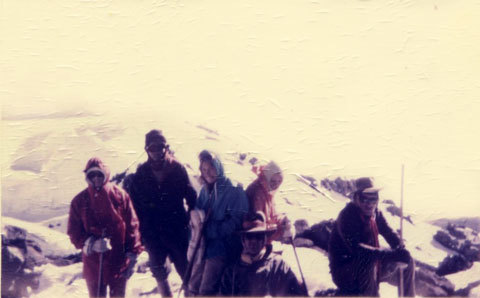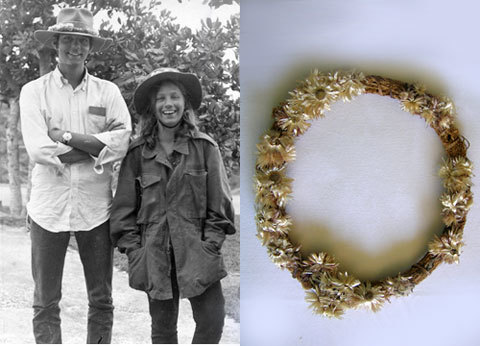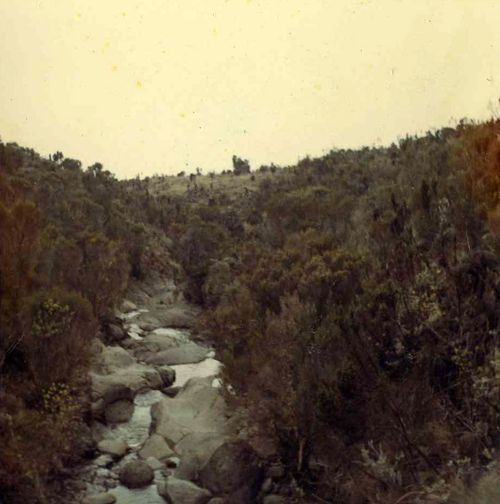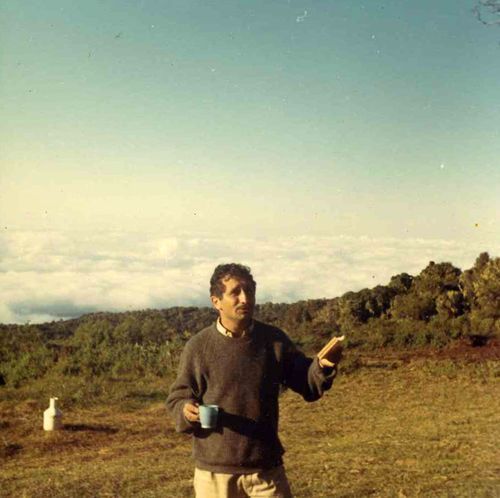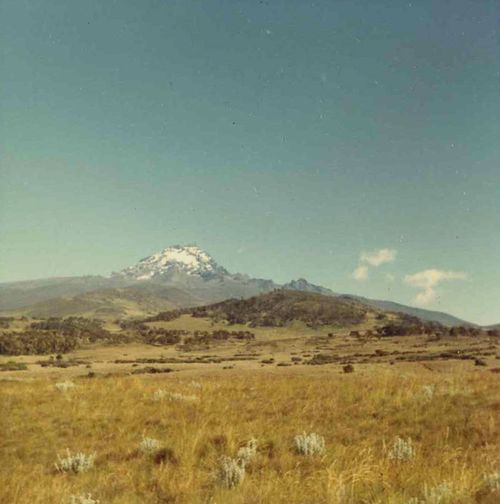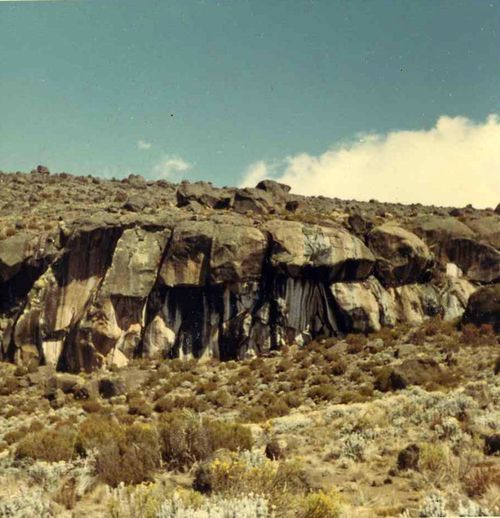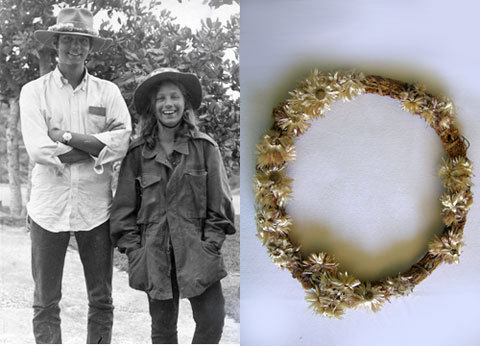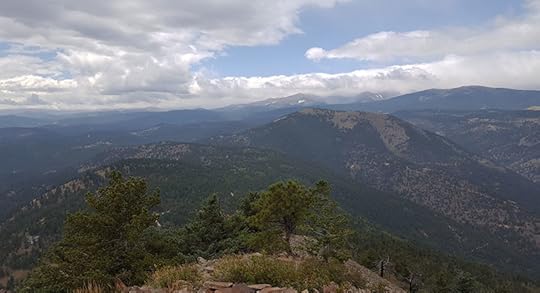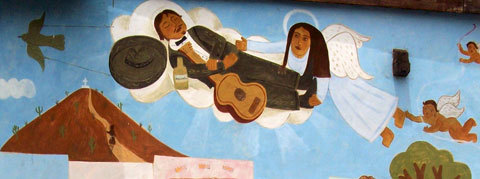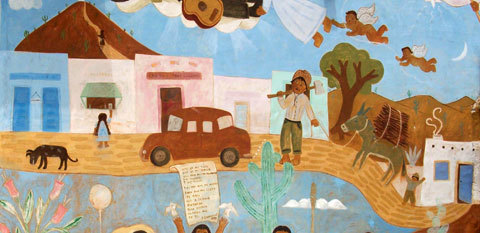Midori Snyder's Blog, page 17
August 26, 2018
Salman Rushdie: The Enchantress of Florence
 It's hard to imagine a more wonderful and sumptuous novel than Salman Rushdie's The Enchantress of Florence. The novel moves between the opulent settings of the Mughal Empire at its zenith and the brash, upstart world of the Italian Renaissance in that most quarrelsome city of Florence. After an arduous journey, Niccol�� Vespucci, a young roguish traveler arrives in India, at the court of the Mughal emperor Abdul-Fath Jalaluddin Muhammad with an impossible tale -- that he, blond hair and all, is the descendant of a lost Mughal princess and he has arrived to make himself known as the uncle to the emperor.
It's hard to imagine a more wonderful and sumptuous novel than Salman Rushdie's The Enchantress of Florence. The novel moves between the opulent settings of the Mughal Empire at its zenith and the brash, upstart world of the Italian Renaissance in that most quarrelsome city of Florence. After an arduous journey, Niccol�� Vespucci, a young roguish traveler arrives in India, at the court of the Mughal emperor Abdul-Fath Jalaluddin Muhammad with an impossible tale -- that he, blond hair and all, is the descendant of a lost Mughal princess and he has arrived to make himself known as the uncle to the emperor.
After having pronounced such a blasphemous claim, Niccol�� is aware that his survival depends on his consummate skill as a storyteller. And over the days and months that follow, Niccol�� slowly unravels the interwoven tales of friendships, secret family histories, and perilous journeys, while the Emperor, snagged and entranced by his guest, reflects as well on the mirror image of the tales in his own family, his own journeys and his own life.
And what tales they are! Feverish, like the painter who falls so deeply in love with his subject that he paints himself permanently into the corner of a canvas; sensual, as the dream of an imaginary Queen that acquires substance and life; heroic and violent, like the boy Nino Argalia who goes to sea, is captured by the Turks and becomes commander of the formidable Janissaries. Here too is a young Machiavelli learning the lessons that a Prince must know to survive, the secret history of Qara K��z, a girl of dark eyes and occult powers who knows how to protect herself; an intimate servant who lives as a mirror to reflect her mistress, and another woman enchanted to hold the secret memories of her master at the expense of remembering anything about herself. Cultures collide as characters invent and reinvent themselves on new landscapes, from west to east and east to west. And throughout the novel, the Emperor and Niccol�� and others reflect and argue on politics, religion, war, and women.
It is a splendid novel -- one that will send you to the library with its generous bibliography at the back of the book to delve more deeply into its rich historical and literary resources.
August 25, 2018
One Does Not Say No to Baba Yaga
There are moments in writing that feel so spontaneous that it is hard to believe they have come from oneself but instead are descended in the form of writerly-grace. When Jane Yolen and I wrote Except the Queen, we began by separately creating characters, each with their own voice and chapters, and intuitively stitching them together to form one narrative. It was fun as it invited a serendipitous approach to writing. I always assumed a direction, a motive, a line in the plot until Jane sent me her most recent chapter and everything went out the window, and I had to react to her chapter with something entirely different than I had imagined. I think I returned the favor to her as well on some occasions -- and that process turned out to be incredibly fruitful.
Baba Yaga showed up unannounced in a boxcar slowing down just long enough to allow a terrified and transformed fairie get hauled aboard by a pair of broad-fingered hands. I hadn't planned her appearance at all. It was as though she stepped in and demanded of me to include her in the novel. Despite her dangerous reputation, she had a killer sense of humor demonstrated by her attempts to educate the new arrival to the human world on the art of blending in, beginning with a lesson on the casual use of the word "fuck" and "shit" on the college campus.
There was another moment that also wrote itself, when one of the main characters Meteora recalls a confrontation between the Fairie Queen and Baba Yaga at the court. I am certainly not the first writer to imagine her as a singular creature, her own archetype, out of time and eternal. But the written expression of such a unique status came as a surprise to me once I had written it down as she instructed.
"She leaned back, all the while sucking on her lower lip, scraping her tusks against the purple flesh. She was wearing odd clothes--odd in the sense that she wearing any at all -- for the little I knew of her, Baba Yaga was not beholden to the fashions of the Seelie court or man himself. She was old enough to have roamed the pristine forests in gleaming nakedness when first man and first woman still wore their skins in innocence. She could not forgive their betrayal, the death of those perfect forests, and now wore the skin of old age, of mortal corruption, to remind those who encountered her that she had not forgotten.
"Serena and I had seen her once Under the Hill. Accustomed to the cloth of beauty and youth, we were goggle-eyed at her withered hide, her long sagging breasts hanging low over her bony chest. Her hips jutted like the pelvis of a starved cow, the loose skin of her belly lapped in folds over the tangled fur of her sex. But her spindled arms were wound with taut ropes of muscles, her hands broad as spades with thick fingers that ended in black nails, sharpened to razor points. She had refused all gifts of clothing the Queen had offered to her: the finely woven cloaks with silver clasps, the green silken gowns, the lace chemises and pretty petticoats.
"Serena and I had talked about nothing else for days. How from a leather pouch slung low on her hips, Baba Yaga had withdrawn a necklace of little bones and knuckles and placed it around her neck. The court had flinched at the sight of it. Even Red Cap, there as an emissary from the UnSeelie court, bowed his head before the mocking challenge in her flaming eyes. All fell back from her, all except the Queen who bloodied her fine garments carrying the carcass of a new slaughtered fawn and placing it as an offering in Baba Yaga's hands. "
August 24, 2018
Review By Colleen Mondor of "The Reverend's Wife."
Although written back in 2009 when the Datlow/Windling anthology Black Swan, White Raven was first published, I only recently and quite by accident discovered that Colleen Mondor gave my short story, "The Reverend's Wife" a rather nice review -- which even though lately discovered, has made me very happy this morning.
"Right off the bat, there are several standouts in Black Swan including Midori Snyder's very sexy take on a Sudanese tale, translated to a rural American setting, "The Reverend's Wife." (If ever a story said "fairy tales for adults," it's this one.) Tackling the nature of marital fidelity while also spinning on what it means to be a good wife, Snyder has a lot of fun here with a slight trickster take on woman having the upper hand but using their power for the sake of saving their marriages (well, okay and having some fun too). It's the sense of fun and humor that really makes this story succeed and that the gender roles are reversed to a certain degree. It's certainly bawdy in the best use of the word and also carries a sense of coyote and raven tales in how the women get one over their husbands (to everyone's benefit)"
And just for fun, here's the opening paragraph:
"It was funny the way it turned out. Hard in fact to feel any shame about it at all. No matter the fire and brimstone and God-avenging, hitting the Gook Book hard enough to make sin jump up into your mouth and begin to testify. Me, I don't need to testify. God knows me. Instead, I just stay quiet and get to thinking how God has a mighty good sense of humor and doesn't mind a little sinning now and again. That is, of course, if no one gets hurt and all parties wind up happy. I guess you could say Violet Thomas and I wound up pretty happy women. And our dear husbands, though they learned a thing or two about women, were never the wiser for it. "
August 23, 2018
That Was Some Big Climb: Kilimanjaro in the 60s
Since I now live surrounded by mountains that I love and climb frequently -- I am re-posting 2 posts about my young teenage adventures climbing Mt. Kilimanjaro in Tanzania. It has taken many years to get off the prairie and the desert to return to the mountains, but to be in the Front Range of the Colorado Rockies is now certainly worth it. I love the feeling of reconnecting to that younger self, who carried the recently published Hobbit in her pack to read in camp at night.
Random photo above of me in the blue anorak at the summit of Mt. Kilimanjaro in 1968....long story really. The one below is of my brother and I after we arrived home to Dar es Salaam, after 12 hours by African bus. We are wearing our wreaths of everlasting flowers that the guides give you if you make the summit -- and you can that some 40 years later, my wreath is a bit faded, but not bad for such a venerable award.
Looking Back on Kilimanjaro
Just today I received a facebook message from an old friend, Mary who was living in Tanzania at the same time I was 13-14 years old -- and she recalled when we climbed Mt. Kilimanjaro in 1967. At 13 years old, I was the youngest by far of the troop, which was composed of students from the Economics department, my father (who was teaching Contemporary African Literature), and Mary and her younger brother. My father made it to the first hut, at about 8,000ft. and decided that he would wait for me. I continued with the group, but when we reached what was to be the final ascent to the summit, everyone in my party -- except me--was too sick from the altitude (one travels from 2,000ft to 16,300ft in three days). Due to my age, the guide did not want to take me alone -- so close, but no go. I returned with everyone else, very disappointed.
Then a year later in 1968, I had a second chance. Everyone was young and eager for this trip -- including my older brother Gil who had just arrived from states, the Hill sisters, Pru and Deb (who climbed in waterproofed hightops), Mary and her older brother Andre, and the Martin brothers. This time was more successful and five us made it to the snowy and icy summit at 19,300 ft. So this time -- in honor of that trip -- I dug back to the small collection of photos I have -- most of them taken with a tiny disposable camera!
Leaving from the hotel, we hiked for about 6 hours, through farmland, a three mile band of rain-forest that was wet and misty, like being in cold, green clouds, and then rocky hills of running streams and short, scrubby trees -- until at last, we popped out above the clouds here, having arrived at Mandara Hut: the first campsite at 8,990ft.
My father Emile, enjoying the rest and the camp as the clouds rolled in below. He was happy enough with having accomplished this much of the trip. I wonder now, if he was hoping that I would back out as he did have to hang out here for two more days while I wandered up to the last hut on the first trip.
Leaving Mandara Hut, the sky got wider, bluer, and free of clouds as the path opened up into a beautiful alpine stretch. As we continued to climb, the alpine fields gave way to steep rocky terrain, much drier, the path now inundated with big tussocks of long grass, low clinging plants, and huge bluffs in amazing zebra stripes. We also got our first views of Mawenzi Peak -- a tough, craggy peak at the base of Kilimanjaro's volcanic plain, and the snow covered top of Kilimanjaro, high above. We arrived in the late afternoon -- footsore and starving at the second campsite, Horombo Hut at 12,400 ft.
Kilimanjaro Snow Capped Peak.
The third day of climbing took us through a vast high altitude desert -- without water, with much of anything except sparse rocks and a couple graves. Known as the "The Saddle" this flat, barren stretch was deceptive. From afar, we could see our destination Kibo Hut at 15,500 ft, and it seemed close enough. But we walked for hours, over the soft, sandy soil and like a mirage, it never seemed to get closer. By the time it really was in front of us, we were exhausted, and for some, their ears were ringing from the altitude and suffering headaches and nausea as well.
 Mt. Kilimanjaro, The Saddle. 1968
Mt. Kilimanjaro, The Saddle. 1968
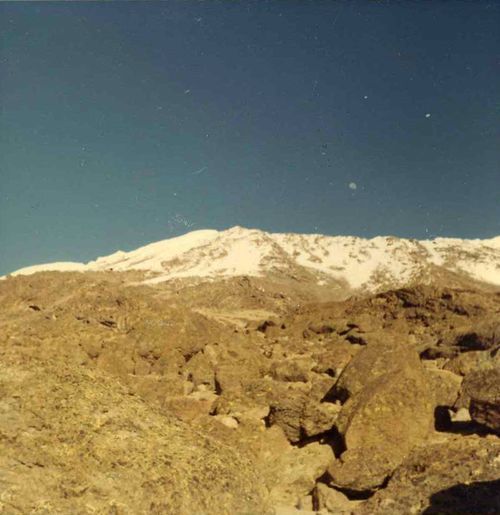 The trail to Kibo Hut, Mt. Kilimanjaro, 1968
The trail to Kibo Hut, Mt. Kilimanjaro, 1968
One doesn't sleep long at the last hut. For some it is impossible. I will confess that I loved it. I felt giddy (probably the lack of oxygen) and extremely happy. We are awakened at 12:30AM -- and by bright full moonlight, we made the final ascent -- up through rocky path that became snow and ice for the next five-six hours. It was pretty horrible -- one could see a bit of the ledge above you, which beckoned like the end of the trail, until you got to it, and discovered another ledge above it. My brother was sick as a dog, throwing up the last mile up to the summit -- but he refused to turn back. I am glad because it was really the most memorable thing we ever did together...epic really.
The summit is 19,300 ft and there we signed our names in a book of other intrepid climbers who had made it up. We were there at sun rise, which was pretty breath taking as the moon was also still high in the early dawn. Below us was stretched East Africa and the Indian Ocean on one side where we were sitting, while the other side gave us a view into the mouth of the volcano, filled with ice, snow, and stone. The journey back to base camp took two days -- from the summit we barreled down the trail to 12,000ft, slept like stones and ate. The next morning, we continued down to the hotel where we began our trip at 2,000ft. There, they presented us with wreaths of everlasting flowers for having successfully reached the summit. I still have mine too.
Mary reminded me that we returned by a city bus over 500 miles of rough corrugated roads, packed with people, chickens, babies, parcels of all sizes and us. It took all night, and where we sat at the back, a window stuck open, the red dust from the road covered us completely. We arrived home in Dar es Salaam a mess: my feet were a wreck of blisters, my face sunburned, and grime on top of grime from not having changed my clothes for five days. But yeah...I was really, really happy. (That's me in the blue parka, and my brother sitting below me. And beneath that photo are Gil and I on the morning of our arrival back in Dar. )
August 21, 2018
The Long Views From Sugar Loaf
Since our move to Boulder, we have managed to get ourselves up into the mountains often -- and oh what mountains there are in the Front Range of the Rockies. Here is last Sunday atop Sugar Loaf, elevation 8,917 ft. It has a 360 degree unobstructed view of the mountains ranges, farmland, and the city below.
August 15, 2018
The Company I Keep
Well, I am always surprised to find my name popping up in unexpected places...and usually not because I am an author so much as my Japanese name draws attention. I was named after my mother's best friend in college, and it has served me well. Especially considering that the BBC News Magazine thought it intriguing enough to write a little feature on the name in "Why Midori?".
And of course here's the best part:
"Midori crops up in Japanese placenames, and it is a relatively common girl's name. Here's where it becomes connotation-laden. Midori is a Japanese violinist, but another Midori is a "prominent human sexuality writer" and a third Midori is a porn actress. There is a Midori Snyder who writes fantasy novels, and a Midori Matsuo who is an aspirant underwear designer."
That would be me...right after the porn actress and before the aspirant underwear designer. This is why when I first started publishing, I was reluctant to let my children look up my name on the internet -- too often it brought up "Midori's House of Pain." Oy....
August 13, 2018
Barry Unsworth: Morality Play and The Best Long Sentence
I seem to have a preference for authors who manage to write incredible long, complicated sentences -- but with such consummate skill and daring that I inhale deeply and then read it aloud, trying to see if I can make it to the end in all one exhale. The are sentences that enter the text with the purpose of condensing in single moment a world of detail and history. More often as not, it serves in its fullness as an expression of the entire novel. And when it arrives (as it always does) early in the novel, then you experience the emotional content of a novel before it has fully begun.
I am re-reading Barry Unsworth's remarkable novel, Morality Play, set in the English middle ages, narrated by a young priest escaping life in the cloisters and stumbling into a troop of actors on their way to perform for a Lord. His desperate circumstances are such that he asks to join them, mostly for protection and the chance to eat. Reluctantly, but out of necessity for they need an extra man to complete their cast, they accept him. While relieved to have found help with his situation, the young priest Martin privately reflects on his failures as a priest, his dalliances with women, and his shame at having abandoned the Bishop who treated him kindly. And he sums up his life and his character in this one sentence that is a complex mixture of apology, of contrition mingled with pride and an unearned arrogance.
"First there was the shame, to cause distress to my Bishop, who had given me the tonsure, who had always treated me like a father, because this was not the first time I had left without permission but the third, and always in the May-time of the year at the stirring of the blood and this time the reason was different but the stirring was the same, I had been sent to act as secretary to Sir Robert de Brian, a noble knight and generous in his benefactions but not of discerning taste in his letters and in short a very vile poet who set me to transcribing his voluminous verses and as fast as I copied them he would bring others."
And finishes this list of causes with, "All this I endured," which describes by it internal contradictions, a narrator we may like, but should not trust.
August 11, 2018
A Bordertown Throw Back: 4th Street Fantasy Convention
A bit of a throw-back to my early years of writing.
The internet has brought me a wonderful and unexpected gift in this awesome photograph from David Dyer-Bennet taken at the Fourth Street Fantasy Convention in 1987. I am standing with the wonderful Patricia McKillip, and then there's me, in my Bordertown skateboard t-shirt. I love this photo because we are smiling, looking so young and I remember how much fun it was to be together at those early conventions. For all of us it was usually a once a year (twice if we all made it to World Fantasy) chance to be together in the same place for a couple of hectic days.
Photo credit: Fourth Street Fantasy Convention Copyright �� 1987 David Dyer-Bennet. All rights reserved.
August 9, 2018
Barrio Viejo: The Blue Mural
Tucson's very old inner city neighborhood, The Barrio Viejo, has some of the best murals painted by residents over many years on the exterior of the houses. When my daughter and future husband were in town a number of years back, they took these wonderful photos of one of my favorite houses. I learned recently that new owners of the house built a substantial wall around these murals so they are no longer visible to the public -- and that portions of of it were removed as the owners renovated and up-scaled the house. I am grateful to have these photos of it in which to remember it.
And here's one of the hidden Christ, who appears at the bottom of an adjoining corrugated wall.
Midori Snyder's Blog
- Midori Snyder's profile
- 87 followers




